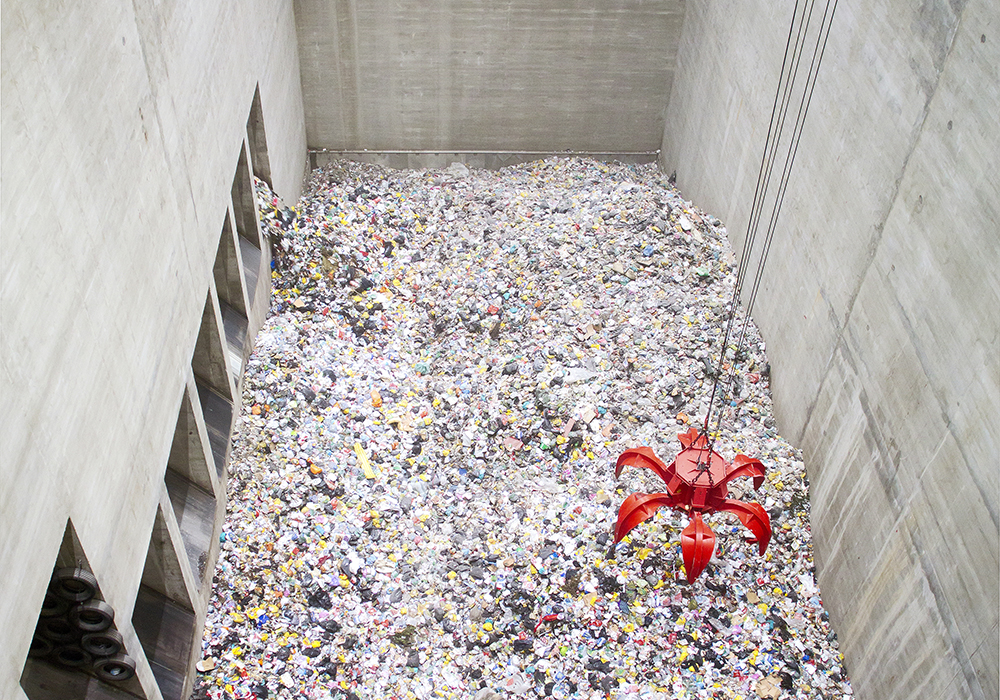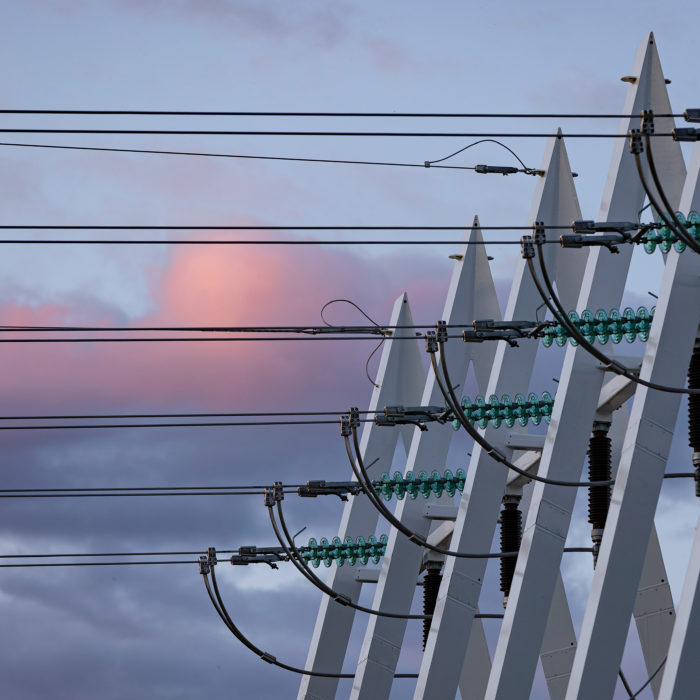At Fingrid, we have previously stated that we can manage the situation as long as the technology functions and several faults in large power plants or transmission connections don’t happen all at once. The margins are small, though! Things will remain like this at least until 2018, when the third unit at Olkiluoto begins to gradually ease the situation.
In traditional national thinking, the security of electricity supply is the same thing as self-sufficient electricity production. An energy strategy based on this philosophy is simple and easy to understand: it’s about creating a self-sufficient Finnish electricity system, which puts the security of electricity supply and the price of electricity into our own hands. We can also read between the lines: in such a case, the security of supply is excellent and electricity is cheap. This kind of talk can still be widely heard around the ongoing energy and climate strategy. The thinking is also common when talking about national security of supply.
Why doesn’t this kind of thinking work anymore? For over twenty years, Finland has been part of an international electricity market, which has, over the years, expanded southwards from the Nordic countries and now reaches Portugal and Italy. Finnish electricity production meets tough international competition. The price of electricity is determined on the international electricity market. It isn’t controlled by Finnish politicians. It’s impossible to build Finnish production capacity that isn’t competitive on this market.
That is, provided that the competition is fair. But, like in many other international competitions, electricity market competition has also become affected by doping, known as renewable energy subsidies. These subsidies are the main reason why market-based investments are no longer profitable anywhere in Europe.
A way of thinking more suitable for modern times is that it’s sensible to utilise this well-functioning international market and our strong cross-border connections. This is why we are benefiting from very low electricity prices even now: our low electricity prices are imported. We successfully dealt with the record peak in consumption last winter with the help of neighbouring countries, as the market mechanism, which efficiently guides electricity production and consumption and the use of transmission connections, provided us with electricity from neighbouring countries in the cheapest possible way. Thanks to this, the price for electricity during the hour of peak consumption didn’t rise to thousands of euros per megawatt-hour, but we got away with under a hundred euros!
Our electricity system is facing a huge change. In the future system, mainly based on renewable energy, security of supply must be assessed from a completely new perspective. Homes and industry must receive electricity even when there’s no wind and the sun doesn’t shine. In time, clever engineers will solve the problem concerning electricity storage, bringing the electricity market and security of supply into a new era. Unfortunately, that day isn’t yet today.
The basic idea should be that security of supply is created in everyday life. The ability to guide market-based investments should be restored to the electricity market. Subsidy doping should end. During the transition period, special arrangements, such as security of supply reserves, may be needed to support security of supply in exceptional circumstances; but in time, these “chewing gum patches” should be given up because they can damage the functioning of the electricity market. All this requires close international cooperation, because decisions made in one country don’t affect only the country in question. If Sweden continues on the path of strong renewable energy subsidies, it will ensure that Swedish wind power emerges as the winner of the competition, at the same time indirectly preventing market-based investments in Finland. It’s unlikely that anyone wants a situation where countries begin to compete against each other with the size of their subsidies. After all, the eventual payer would be the consumer.
Blogger: Jukka Ruusunen, Fingrid’s President and CEO



